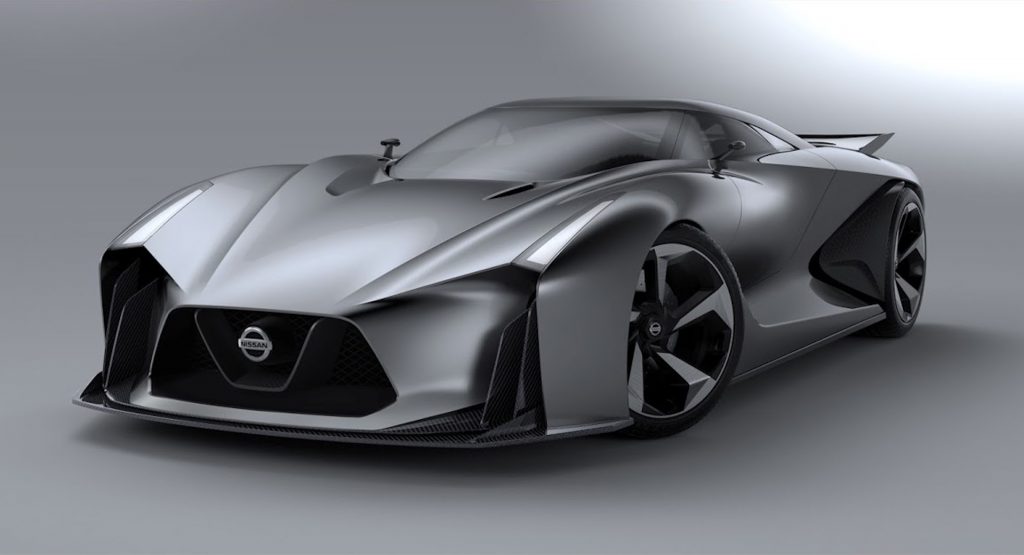
What direction should Nissan take for the next GT-R? Should they opt for a hybrid, electric vehicle, or stick to a traditional internal combustion engine? Or is it time to retire the iconic GT-R badge altogether?

Last week, Cry Macho, the newest film from legendary actor and director Clint Eastwood, hit theaters. Despite being 91 years old and moving slower than a turtle, Eastwood both directs and acts in the movie about a former rodeo star hired to reunite a boy with his father.

In the world of cars, Nissan recently unveiled its “new” GT-R, but it’s essentially the same model that was introduced back in 2007. That was a time when iPhones didn’t even have 3G, and Tik Tok referred to a character from Peter Pan who ate clocks. While Clint Eastwood drives a truck in Cry Macho, perhaps a GT-R would have been a more suitable choice.

The Nissan GT-R certainly deserves its hero status in the car community, as it boasts impressive straight-line speed and can outperform Porsche’s 911 Turbo at a fraction of the cost. Back in the late 2000s, this feat earned the GT-R significant recognition. But, even today, the GT-R remains a hero, thanks to Nissan’s continuous development and enhancement of the model, along with the release of extreme versions like the Nismo and the limited-edition GTR-50.

There have been signs of trouble for the GT-R for some time now, not just in Australia where it’s being discontinued due to new safety regulations. While newer models boast up to 600 horsepower, the price tag has also increased significantly. Plus, there are now plenty of other vehicles on the market that can accelerate from 0 to 60 mph in under 4 seconds without breaking the bank. Unlike the GT-R, many of these alternatives also offer usable rear seats, modern interiors, and smoother transmissions that don’t sound like noisy farm equipment.





